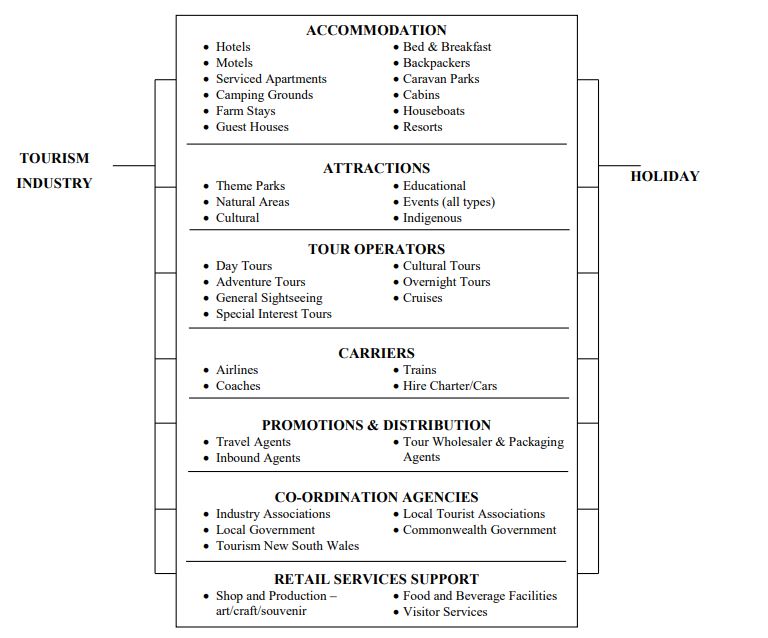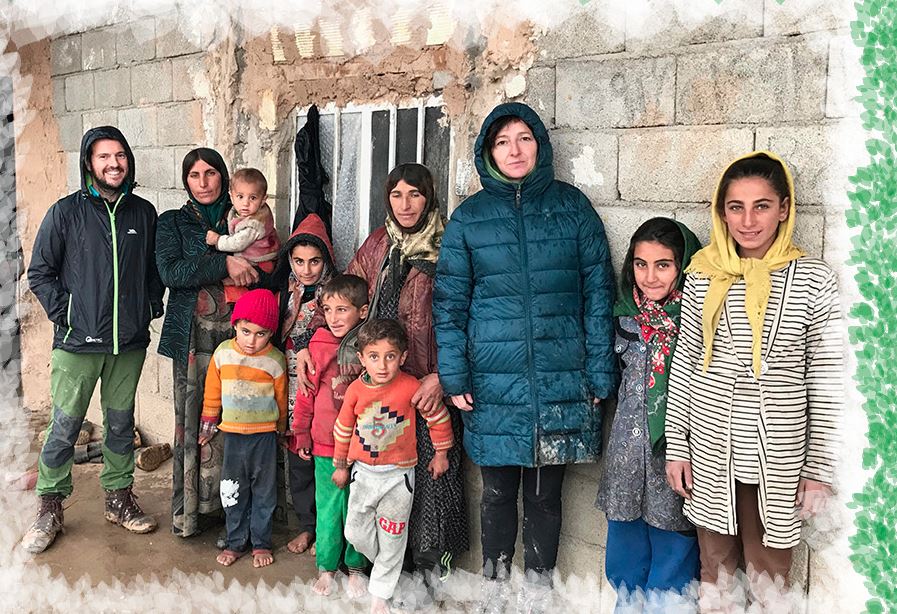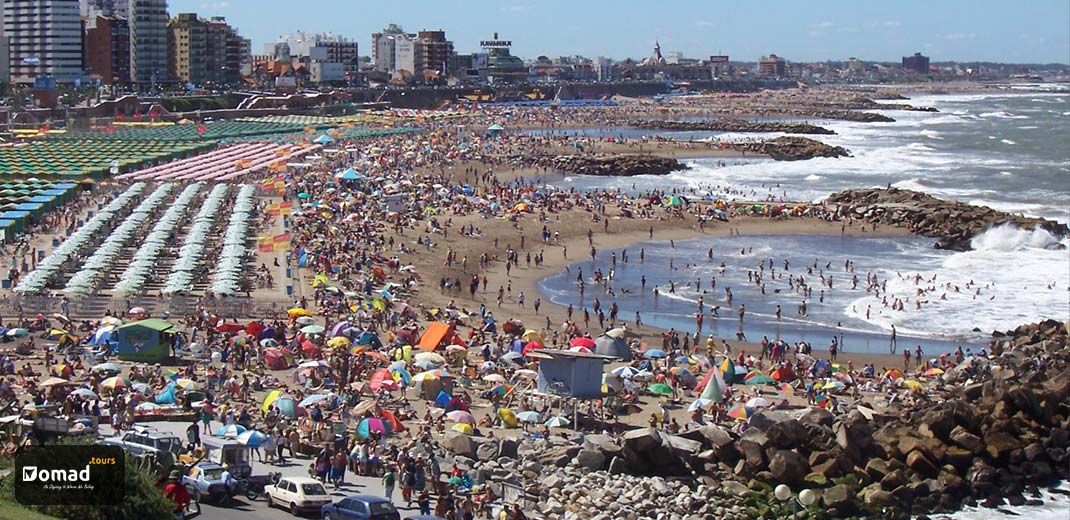“People leaving behind all their unique stories, local skills, cultural traditions, and natural habitats for economical issues and joining a community to which they don’t really belong”.
This is definitely a truly sad story happening almost every day in a corner of the world. As time passes by, environmentalists and cultural anthropologists are becoming more concerned about cultural diversity which is on the verge of extinction. Additionally, responsible tourists and travellers are trying to fight against the current flow. They are indeed trying to preserve cultural diversity by tourism. You may already know how it works. Or you may be curious about how tourism can possibly affect the local community. In this article, we are going to explain both positive and negative impacts of tourism on the local community.
Why Should We Worry about the Local Community at all?
Although tourism can have a prominent role in the economic growth of an area, concerns about the negative impacts of tourism on local community arise in spite of all the social benefits that tourism brings for that community or the fact that it can play a significant role in preserving nature including national parks and protected areas.
Environmentalists who are concerned about the authentic communities which are about to vanish should probably be reminded that expanding tourism in local communities results in various social benefits. This entails improvement of infrastructures, more jobs, and no more leaving villages for occupational opportunities. Tourism can offer job opportunities directly and/or indirectly through the supply of goods and necessary stuff for cities or suburbs.
Tourism impacts the economy, environment, politics, and socio-cultural wellbeing of the host community.

Why Tourism Matters?
In developing countries, the first purpose of promoting tourism is to earn foreign currency. It results in creating more jobs. It can even lead to ending unemployment, eliminating poverty, and promoting dialogues among civilizations. Additionally, it provides an atmosphere in which different cultures can meet and mingle. It’s important to know this and be aware of the importance of tourism on economic and social development.
Categorizing tourism impacts on local communities into different terms might be quite challenging. They may be somehow inseparable sometimes and they may overlap quite a lot. We believe that these interrelated categories can have so much in common and affect each other in so many ways. But for the purpose of clarification and understanding, we have put each subject in the most related category.
Tourism planners must realize that these three concepts, ‘the environment, the economy and the society are inextricably linked… like a spider’s web- touch, one part of it and reverberations will be felt throughout’.
Hall, 2000
Positive Impacts of Tourism on Local Community
Sociocultural Aspect
Maintenance of culture and traditions like the handicraft industry and preservation of ecosystem is a notable point of tourism. Meeting different cultures and getting to know their art and skills is an example of positive impacts of tourism on local communities.

Khuyeh Village
- Better local facilities and infrastructure: This includes better education, health care, and job opportunities.
- More cultural and social events for the local community.
- More leisure facilities.
- Preservation of cultural heritage: It leads to the rebirth of crafts, architectural traditions, and ancestral activities.
- The revival of both urban and rural areas: Since a large number of people are moving to urban areas for more job opportunities, it can be a great factor to pause all the immigration.
- National Integration: Interacting with different people with various cultures and linguistic backgrounds leads to the Expansion of Literacy and Education among people.
- An Increase in the Standards of Living
- Improvements in the areas of health and family welfare.
Economic Aspect
When more money is circulated in the urban or rural areas, it stimulates the creation of new businesses and brings out a more positive image of the area, and reduces poverty. Economic benefits entail income creation, foreign exchange achievement, and more employment. We will face the economic growth of the country through industrialization, technology, education, better advertising, and liberal trade policies.
- Generating jobs includes sectors such as food service, entertainment, accommodation, automobile transportation, public transportation, and tour operators.
- Creation of infrastructure utilities is not only for tourists but also for the local population. Undoubtedly the infrastructure must be developed in a planned manner. There must be awareness about the probable overpopulation, overcrowding, and possible damages to the environment.
Environmental Aspect
- Increased investment in the area and more useful environmental actions and initiatives.
- Educating the local community to raise awareness for environmental concerns.
- Increase income for the preservation of facilities in each area to have minimum pollution consequently.
The more involved a local community gets in tourism development, the fewer damages of tourism will be on the area. Although we must be concerned about the negative effects and costs of tourism on that community as well. That is why we must focus on raising public awareness.
Negative Impacts of Tourism on Local Community
In spite of all its positive benefits, tourism can have some negative impacts on the local community as well.
Sociocultural Aspect
Tourists, out of ignorance or lack of awareness, may fail to respect local values and customs which can cause irritation for the host community. The different cultures of outsiders may disturb the local’s culture and cause social uneasiness. If locals copy the outsiders’ behaviour and attitude, they may change over time and turn into a new community losing their unique identity, culture and traditions.
Economic Aspect
Development of tourism may result in overcrowding. Overcrowding with a poor infrastructure may worsen the life situation for locals. It may, for example, worsen the sanitation status. It is important then to be cautious about the tourism income and allocate a noticeable percentage of its income to the local community to be utilised in such matters.
Environmental Aspect
The more people come to the area, the more natural resources are needed. The pollution may increase and disturb the ecological balance of the area. Soil erosion, natural habitat loss, forest fire, and more vulnerability of endangered species are some of the other negative impacts.
To Where Tourism Income belongs?
Since money spent in tourism, percolate through many levels; so it is important that the tourism industry allocates a noticeable percentage of the tourism income to the local community benefits. As Holloway & Robinson (1995) put it:
One of the important economic features of the tourism industry is that an income earned in places of residence is spent in places “visited”
Tourism and Economic Development Issues, Tanja Mihalic
However in tourism, there is clearly an uneven distribution of benefits; this is threatening the social, economic and environmental sustainability of tourism in some developing countries. Tourism is one of the fundamental pillars of the development process in many developing countries. Although, for some particular places (like in islands and small economies), it is the only source of foreign currency and employment; therefore it constitutes the platform for their economic development[2].
How to Minimize Negative Environmental Impacts?
- Respect the local land and give attention to the signs. Do not contribute to any sort of further degradation.
- Support local businesses and organizations.
- Support the hotels, tours, and services that are eco-friendly and sustainable as well.
- Use sustainable transportation
Surely there are so many individuals and companies involved in the mentioned concerns and tourists may be the end of the supply chain. Governments must provide the required infrastructure for growth. They must ensure that growth is well managed based on the growth of tourism in that area.t area.
Iran Nomad Tours; An Example of Min Negative & Max Positive Impact
IRANomad Tours is an ecotourism startup. A social business working toward a more sustainable tourism. We try to maximize all the positive impacts and minimize the negative impacts of tourism on the local community. We are concerned about the consequences of mass tourism. So we focused on developing Nomadic Tours in Iran. In this local community project, we aim to empower the nomad families. So in the end, we will be only a platform for the local operators.
Moreover, IRANomad Tours has a code of ethics in which we are committed not to change and interfere with the local community’s culture and elements that shape its identity. We try to respect their values and do our best not to hurt them in any way.
The other important concern for us is to allocate a reasonable percentage of our tours’ income to the locals themselves. So that they can develop their facilities and most importantly preserve their lifestyle. We don’t want to be visitors. Accordingly, we try to live with nomads like a family member: eat what they eat and do as they do.
[1]. The Impact of Tourism Industry on Host Community



